

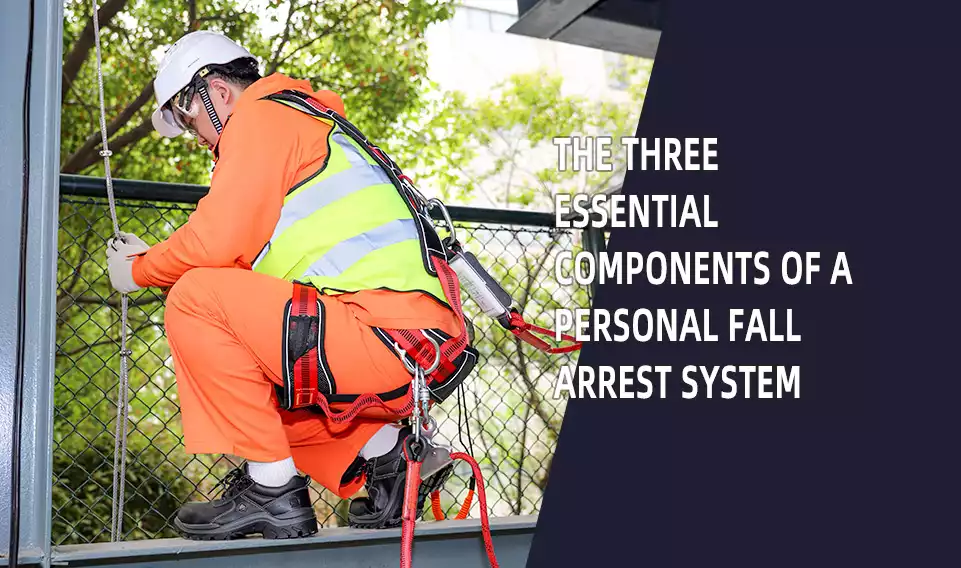
In addition to these three components, a PFAS may also include other components such as connectors, lanyards, and rope grabs. It is important to ensure that all components of the PFAS are compatible and meet the relevant safety standards.
Types: Anchorage can be in the form of a D-ring, O-ring, or a loop that is fixed to a structure or an anchor point.
Materials: The anchorage point should be made of a strong and durable material, such as steel or concrete.
Standards: The anchorage point must meet the relevant safety standards, such as the ANSI Z359.1-2007, EN 795 standard.
Precautions: The anchorage point should be inspected regularly to ensure that it is secure and in good condition. It should also be positioned in a location that allows the worker to move freely while attached to the PFAS.
Common problems: The anchorage point may not be strong enough to support the weight of the worker and the forces generated during a fall. It may also be positioned in a location that restricts the movement of the worker.
Types: Body harnesses are available in different styles, such as vest-style, cross-back, and full-body harnesses.
Materials: The body harness should be made of a strong and durable material, such as nylon or polyester.
Standards: The body harness must meet the relevant safety standards, such as the ANSI Z359.1-2007, EN 361 standard.
Precautions: The body harness should be properly fitted to the worker to ensure that it distributes the forces of a fall across the body. It should also be inspected regularly to ensure that it is in good condition and free from defects.
Common problems: The body harness may not fit properly, which can increase the risk of injury during a fall. It may also be damaged or worn out, which can reduce its effectiveness.
Types: Lifelines can be in the form of a rope, cable, or webbing, and they may be static or dynamic. Shock absorbers are typically made of a material that can absorb the energy of a fall, such as nylon or polyester.
Materials: Lifelines and shock absorbers should be made of strong and durable materials, such as nylon or polyester.
Standards: Lifelines and shock absorbers must meet the relevant safety standards, such as the ANSI Z359.1-2007, EN 355 standard.
Precautions: Lifelines and shock absorbers should be inspected regularly to ensure that they are in good condition and free from defects. They should also be properly attached to the body harness and the anchorage point.
Common problems: The lifeline or shock absorber may be too long or too short, which can increase the risk of injury during a fall. They may also be damaged or worn out, which can reduce their effectiveness.
Tags:
Shanghai C&G's personal protective clothing and PPE products are trusted by customers in the world. Our products are exported worldwide, with a strong presence in the United States, China, Japan, Germany, the United Kingdom, India, France, Italy, Brazil, and Canada. In addition, we have a significant customer base in other countries across each continent, including Australia, New Zealand, South Africa, Nigeria, and Egypt in Africa; Argentina, Chile, and Mexico in South America; Russia, South Korea, and Indonesia in Asia; Spain, Poland, and Turkey in Europe; and Saudi Arabia and the United Arab Emirates in the Middle East. Wherever you are in the world, we have the products you need to stay safe and protected. Contact us today to learn more about our products and how we can help you meet your safety needs.
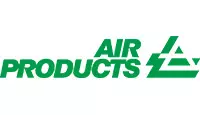

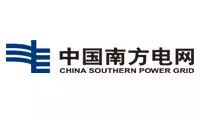
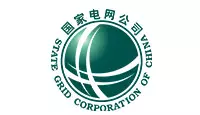
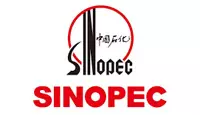
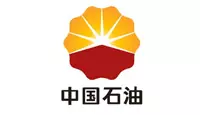
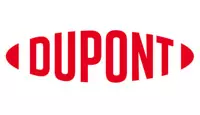
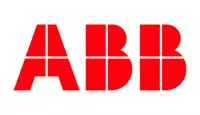

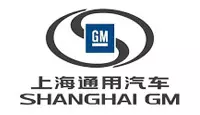
© 2023 Shanghai C&G. All Rights Reserved.